
VANOS system faults can easily be a nightmare for any BMW driver. VANOS faults often have a direct impact on the performance of the BMW and should be attended to as soon as possible. There are several reasons behind VANOS system failure, which is often followed by several symptoms pointing to the issue. Let’s have a look at some of these reasons and signs as well as what role the VANOS system does in your BMW.
The VANOS system is one of BMW’s unique technological advancements that is responsible for valve timing. The VANOS works by using oil pressure to adjust the valve timings by changing the camshaft’s position in relation to the drive gear. What this means is that the VANOS system controls the camshaft for intake and exhaust valves. This makes it possible for your BMW to have smooth idling and produce more horsepower.
The VANOS system also has solenoids that are responsible for ensuring the smooth flow of oil to the cam gears. This smooth flow of oil is what allows for the adjustment of the timing. In addition, the VANOS system also helps BMWs to maintain low carbon emissions as well as increasing fuel economy.
Sources of VANOS System Failure
The VANOS system in your BMW can develop faults for a number of reasons. The first of these reasons is the O-ring failure. The O-ring is a rubber component in the VANOS system that is more or less a weak link in an otherwise excellent system. Being made of rubber, the O-ring often wears out faster than expected due to the constant expansion and contraction that causes it to dry out over time, losing elasticity. This leads to cracks developing in the O-ring, leaving the VANOS system unable to fulfill its tasks.
The other cause of VANOS system failure is a clogged solenoid. The clogging happens due to the gathering of dust and dirt particles on the surface of the solenoids blocking them from working as they should.
What You’ll Notice about a Failing VANOS System
Because the VANOS system is an important electronic component in your BMW, when the system develops any problems, you’ll notice a few changes in your driving. Some of the most common symptoms of a bad VANOS system is rough idling. Remember, this is the part of your car that ensures your engine idles smoothly, so when it’s not working, you’ll hear rattling noises when idling. These noises are a result of loose gears vibrating.
Another symptom of VANOS system failure is that your BMW may lose power when driving at lower RPMs. The engine may also hesitate when driving at those lower speeds. This happens when the engine doesn’t receive enough fuel and is unable to expel the exhaust efficiently. This is also the reason why your car may also sputter as you drive.
Your BMW will also have a case of poor fuel economy whereby you’ll be spending a lot more fuel to cover distances that you’d otherwise cover on less money at the pump. This occurs when the engine burns more fuel to compensate for the discrepancy.
The check-engine light on your BMW’s dashboard is also likely to come on when you’re having a VANOS system fault. While this warning indicator illuminates anytime you have an issue in the engine, it can also point to VANOS failure. To rule out all the other possible causes of the dashboard warning, you’ll need a BMW specialist to run the proper diagnostics.
If you suspect that your BMW has suffered a VANOS system failure, seek out our BMW specialists. The diagnostic process 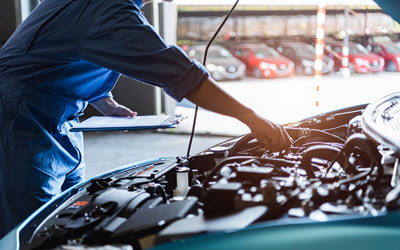 of isolating this particular problem requires a level of brand specific experience that you can’t find at a corner garage.
of isolating this particular problem requires a level of brand specific experience that you can’t find at a corner garage.
At Carotech Automotive, our certified BMW specialists have factory-grade tools necessary to make the repairs using OEM parts. We provide high-quality repairs to BMW owners in Los Angeles, CA for years. Schedule a visit with us for regular VANOS servicing and repairs. Our expert team is happy to help. Let us show you why we’re the best BMW service center in the area.
* BMW Car image credit goes to: ByoungJoo.


 safety. With those in mind, it’s best that you
safety. With those in mind, it’s best that you 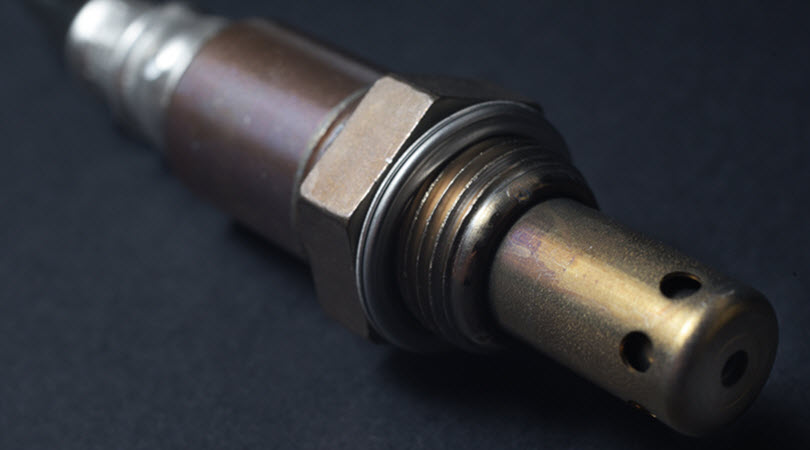
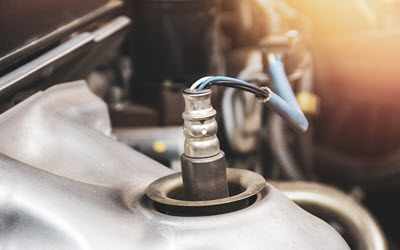 vehicle might have, our ASE-certified technicians can find solutions for you. Rest assured that at Carotech Automotive, your Porsche will be in skilled and qualified hands.
vehicle might have, our ASE-certified technicians can find solutions for you. Rest assured that at Carotech Automotive, your Porsche will be in skilled and qualified hands.
 Los Angeles, California,
Los Angeles, California, 
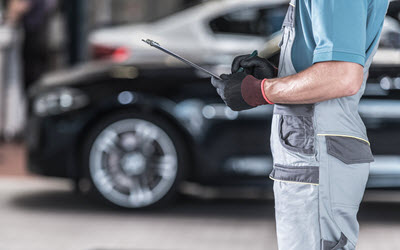 it’s necessary to look at both sides of the reviews. At
it’s necessary to look at both sides of the reviews. At 
 the oil in your supercharger by yourself. The answer is that yes, of course, it’s possible. However, a supercharger oil change is not as easy or quick as a regular engine oil change. Even when a professional mechanic does it, it can be a complicated and time-consuming process, so unless you’re a Mini expert or very experienced with DIY car maintenance, you may just end up doing more damage than it’s worth.
the oil in your supercharger by yourself. The answer is that yes, of course, it’s possible. However, a supercharger oil change is not as easy or quick as a regular engine oil change. Even when a professional mechanic does it, it can be a complicated and time-consuming process, so unless you’re a Mini expert or very experienced with DIY car maintenance, you may just end up doing more damage than it’s worth.
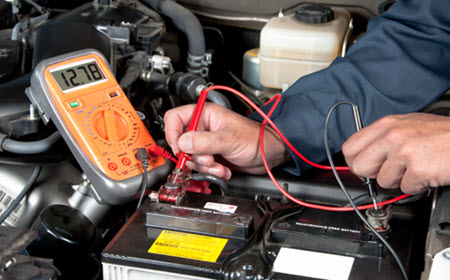 our ASE-certified technicians are experienced in handling automotive repairs and maintenance, including electrical issues. We serve vehicle owners in Los Angeles, California and its surrounding areas. If your BMW appears to be experiencing electrical issues,
our ASE-certified technicians are experienced in handling automotive repairs and maintenance, including electrical issues. We serve vehicle owners in Los Angeles, California and its surrounding areas. If your BMW appears to be experiencing electrical issues, 
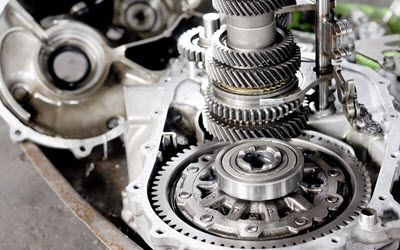 schedule suggested in your owner’s manual.
schedule suggested in your owner’s manual. 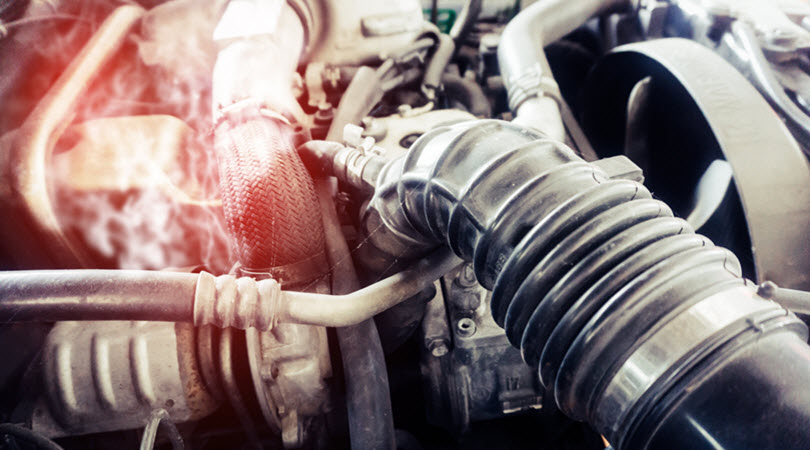

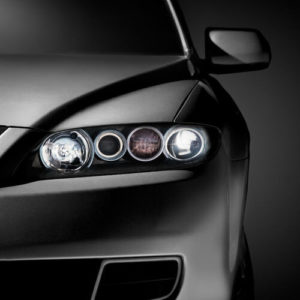 One of the first provisions that a car owner should make is to read the car manual for the vehicle they own. This is critical. The vehicle manual will usually have a 30-60-90 schedule. This schedule is predicated on when certain items in the car need to be inspected, changed, or replaced at 30,000, 60,000, and 90,000 miles. While it is true that some parts of the vehicle, such as rubber gaskets, hoses, windshield wipers, and tires will wear out at irregular intervals, the 30-60-90 schedule is straightforward for the indicated items on your vehicle.
One of the first provisions that a car owner should make is to read the car manual for the vehicle they own. This is critical. The vehicle manual will usually have a 30-60-90 schedule. This schedule is predicated on when certain items in the car need to be inspected, changed, or replaced at 30,000, 60,000, and 90,000 miles. While it is true that some parts of the vehicle, such as rubber gaskets, hoses, windshield wipers, and tires will wear out at irregular intervals, the 30-60-90 schedule is straightforward for the indicated items on your vehicle.



Recent Comments